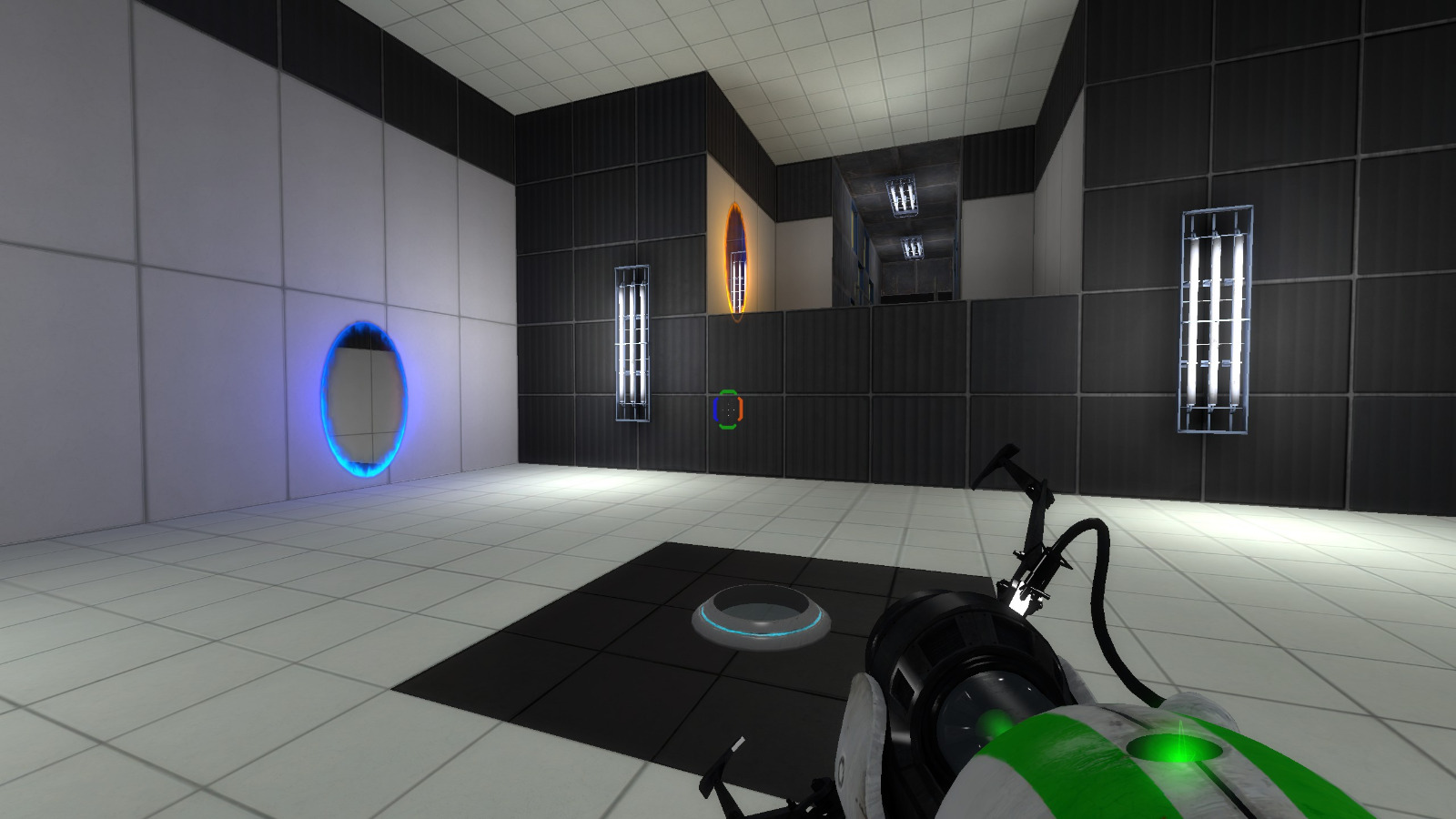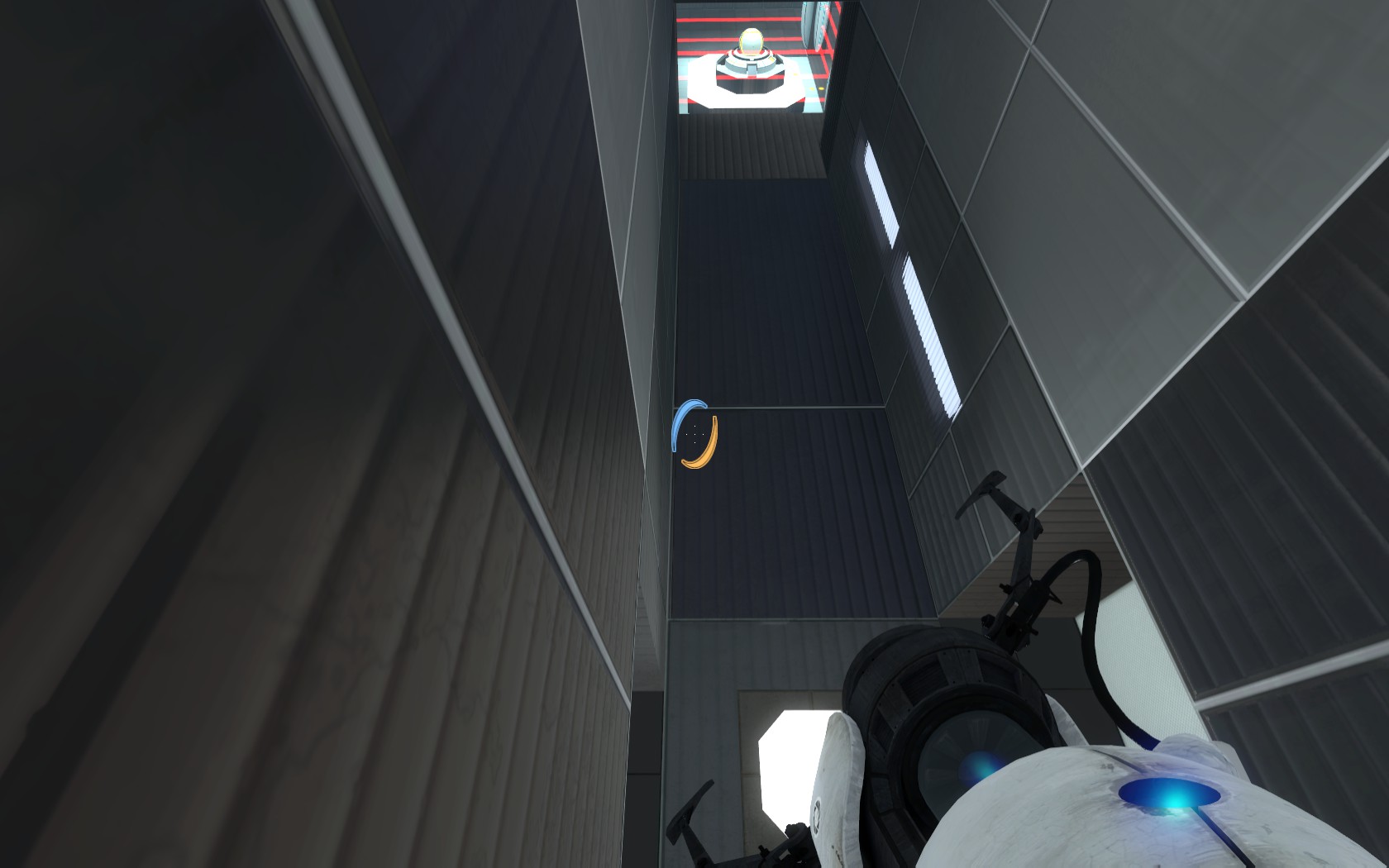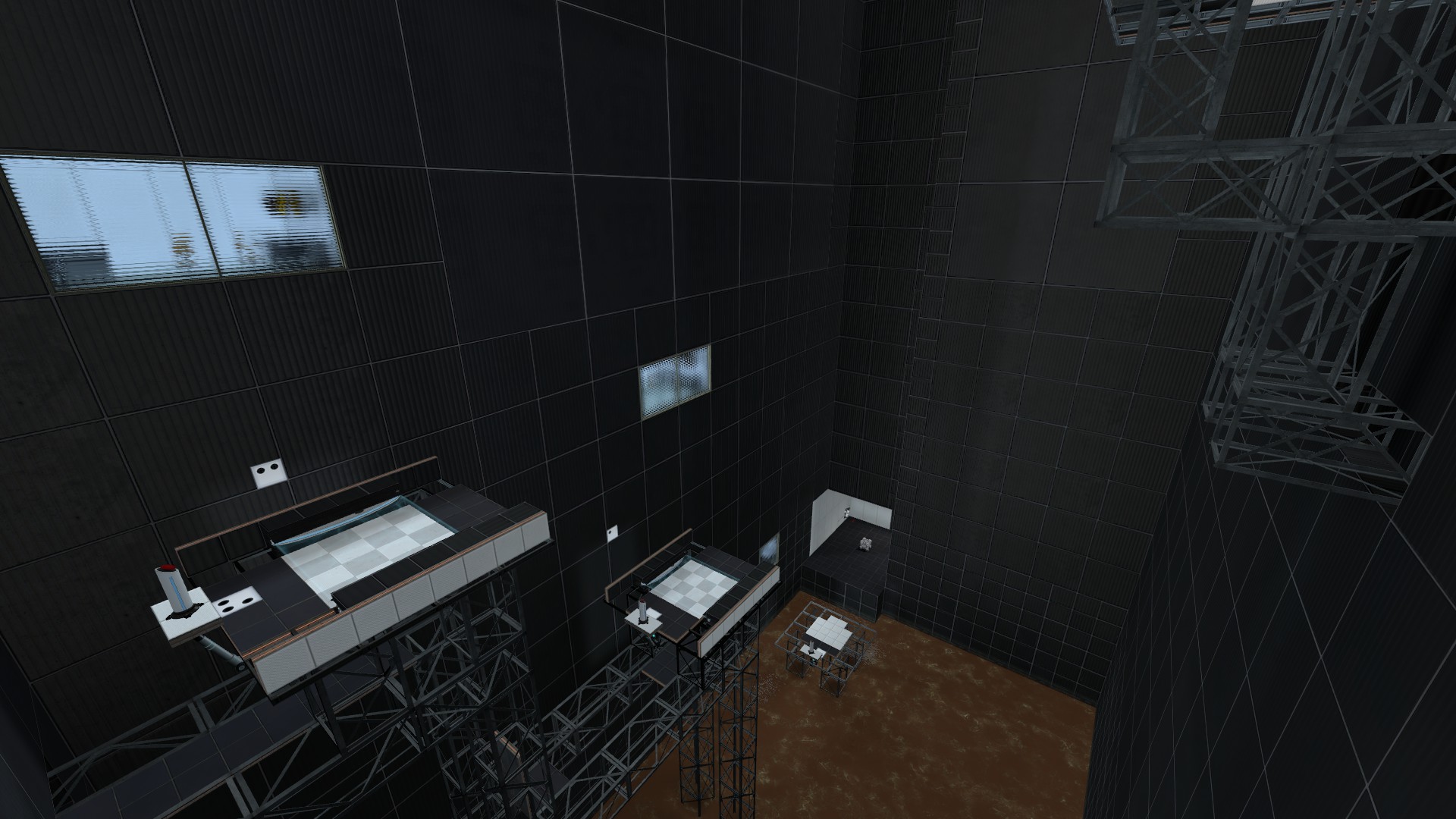


Those rules are never outright explained, so you have to figure them out yourselves, and the solutions will often come when you’re exploring a completely different zone, staring at its scenic vistas, or even trying to sleep at night. Portal is a self-contained 10-hour story that wants you to keep pushing onwards, while The Witness is long, winding, and meditative, letting you leave puzzles alone and return later if you can’t work them out.Īll its puzzles involve drawing a line on a grid, and each its 11 zones have different rules for how exactly you’ll complete them. The Witness and the Portal games only share a few similarities - both are atmospheric puzzle games set in first-person and constantly layer new ideas on top of old ones - but we can’t bring ourselves to leave it off this list because it’s so bloody good. Alongside the familiar blue and orange portals that create passages between two points in space, Portal Reloaded adds.
#Portal reloaded ps4 Pc
It’s tough, thoughtful, and the controls still feel smooth.Īvailable on PS4, Xbox One, PC Quantum Conundrum What makes Portal Reloaded special is how it expands upon the series’ premise.
#Portal reloaded ps4 mod
All the while, the puzzles become evermore difficult, with coloured lamps that block your ability to clone and rooms that reverse gravity. Review: Portal Reloaded Portal Reloaded is a free mod of Portal 2. The derelict spaceship setting and the constant death – of both the real you and of your clones, if you can even remember which one the “real you” is – provide a ponderous backdrop to the puzzling, and make you think about the nature of consciousness.

By switching between them you can fling your soul across entire rooms and walk your creations off sharp drops if necessary, all in the name of reaching the next puzzle. You can generate up to four clones, and they’ll all mimic your actions exactly, which is handy for pushing blocks and pulling levers. With its titular Swapper, you create a clone of yourself with a single click, and warp your consciousness into that clone with a second. By the end, you’re juggling four or five different systems, and feeling very smug about your massive brain. On top of the basic block pulling from the first game you’re activating magnets, laying down oil slicks, turning on fans to make you float, and burning flammable doors. In contrast to Q.U.B.E.’s plain white chambers, the sequel’s world is split into distinct stylish zones, such as a forest and a laboratory. The solution is to go into the future, grab the future version.


 0 kommentar(er)
0 kommentar(er)
